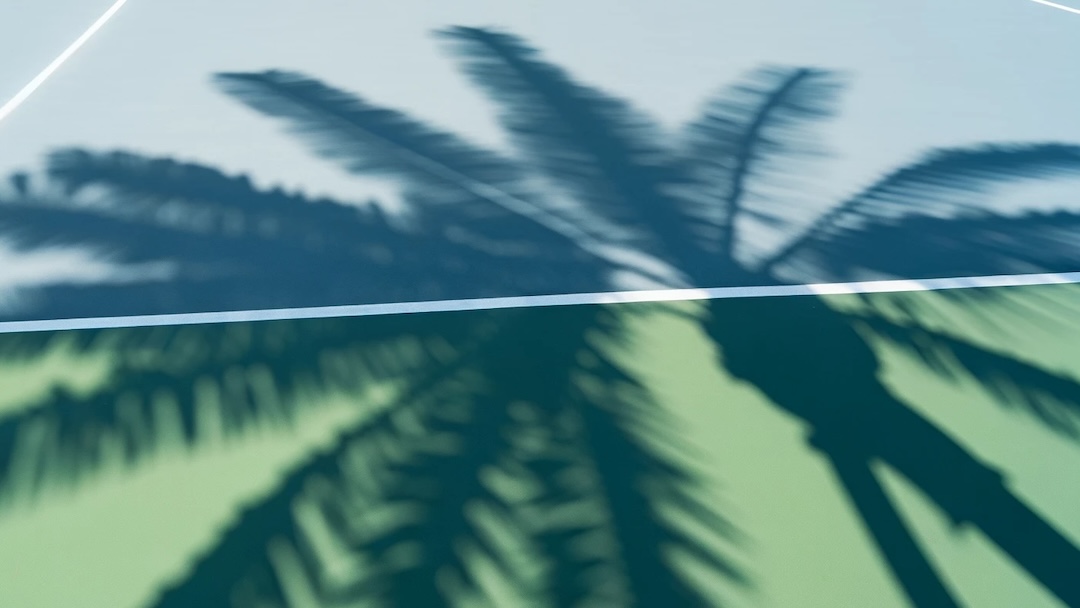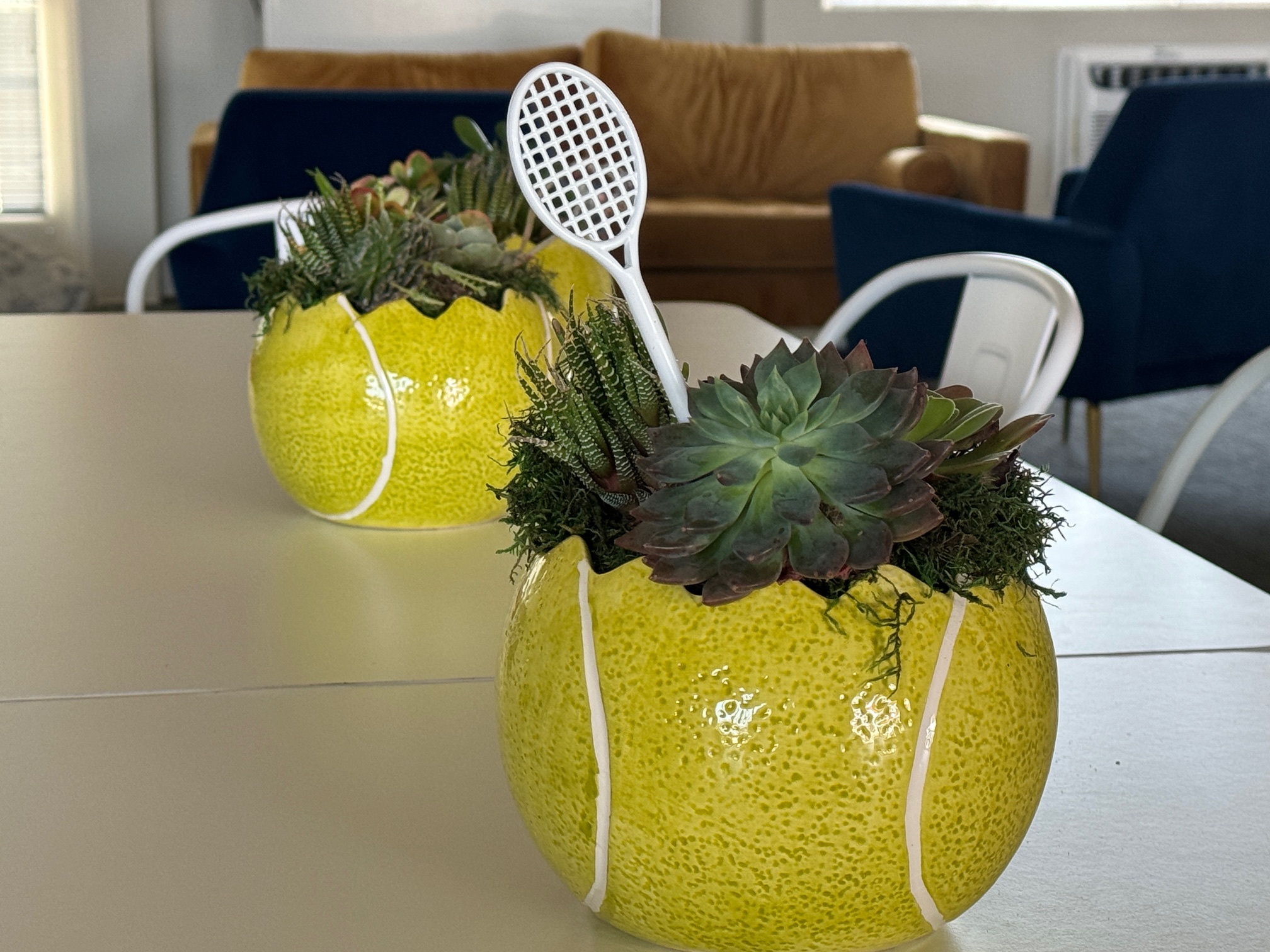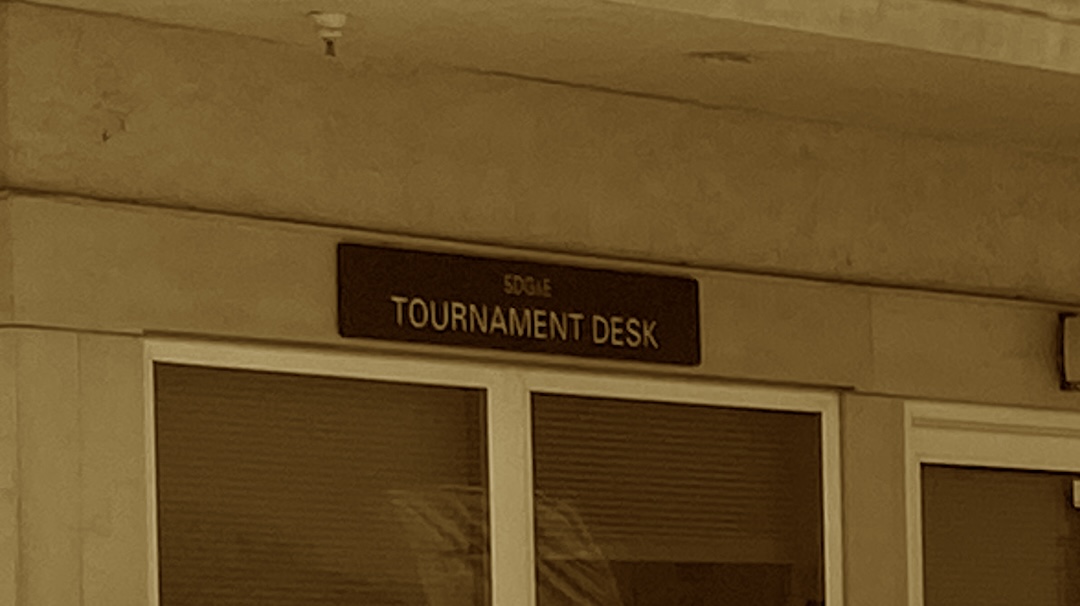I have recently come to realize that my relationship with tennis is better categorized as a pursuit rather than a hobby. In fact, while they are related concepts, there is a distinct difference between the lifestyles represented by the two words. While “hobby” and “pursuit” are not frequently used in ‘Designing Your Life: How to Build a Well-Lived, Joyful Life,’ my ongoing deep dive into that material has brought me to the idea that the distinction matters.
To me, a hobby is an activity that one engages in for pleasure, relaxation, or recreation during leisure time. Hobbies are often pursued for personal enjoyment and may not necessarily have a specific goal or endpoint. It is an activity that brings joy, satisfaction, and a sense of fulfillment to an individual without the necessity of progress or gains.
On the other hand, a pursuit refers to any activity, goal, or endeavor that a person actively follows, seeks, or works towards. That typically includes ambition, goals, and personal development objectives. Pursuits often involve a sense of purpose, dedication, and a clear direction toward a specific outcome. There is frequently a defined purpose or objective, which may include, but often transcends, personal enjoyment.
A person who plays tennis on a regular basis without a defined goal or objective is most likely in the “hobby” category. For example, this might look like playing in a weekly foursome or attending a drill each week. USTA League play can also fall in the hobby range for a player who is on the team and hopes to advance to post-season play without actively trying to improve their level of performance to get there.
I should note that I think there is also a category of “casual” engagement with tennis that is distinct from a hobby. Those are players who might own a racquet and occasionally play the sport on a sporadic basis. For purely recreational players, tennis is a fungible activity that fits right in with other forms of exercise.
A person who plays tennis as a pursuit will have some sort of performance objective. Their sense of purpose may range from health objectives to high-level on-court achievements. This is where you will find people who genuinely enjoy competition. Indeed, that might be their primary source of enjoyment from the sport.
Once the categories shared in yesterday’s “The Life Dimensions of Tennis” post were developed, I have been engaged in an internal debate on whether the performance dimension is exclusively for people who engage in tennis as a pursuit rather than a hobby. My current feeling is that there is still some level of performance desired at the hobby level, but that is oriented around a core ability to hit the ball rather than winning matches. In other words, how a person measures performance will differ between people who play tennis as a hobby and those for whom it is a pursuit.
In case it isn’t patently obvious, tennis is firmly in the “pursuit” category for me. The same can be said about this blog. In fact, prior to thinking about what generally distinguishes a hobby from a pursuit, a key part of my self-description was that I lacked a “middle gear.” I am usually “All In” or not, with no in-between.
It doesn’t matter whether tennis or any activity is casual, a hobby, or a pursuit. None of the designations are more appropriate or better in any given situation. However, it might be beneficial for people to clearly understand where their level of engagement falls when making decisions about when and how to play tennis.
I also think this is a useful mental model for people who are working on the tennis delivery system. In terms of growing the game, tennis needs to attract more casual players, encourage them to make it their hobby, and potentially bridge some of that population to making it a pursuit. All three types of engagement are vital to maintaining a healthy tennis ecosystem.
Throughout 2024, I am publishing a series of essays imaging how to apply the principles in ‘Designing Your Life: How to Build a Well-Lived, Joyful Life‘ (<- sponsored link), which is a non-tennis book that I have come to believe that everyone should read.
A chronological summary of all posts on this topic is available on the Designing Your Tennis Life summary page.



